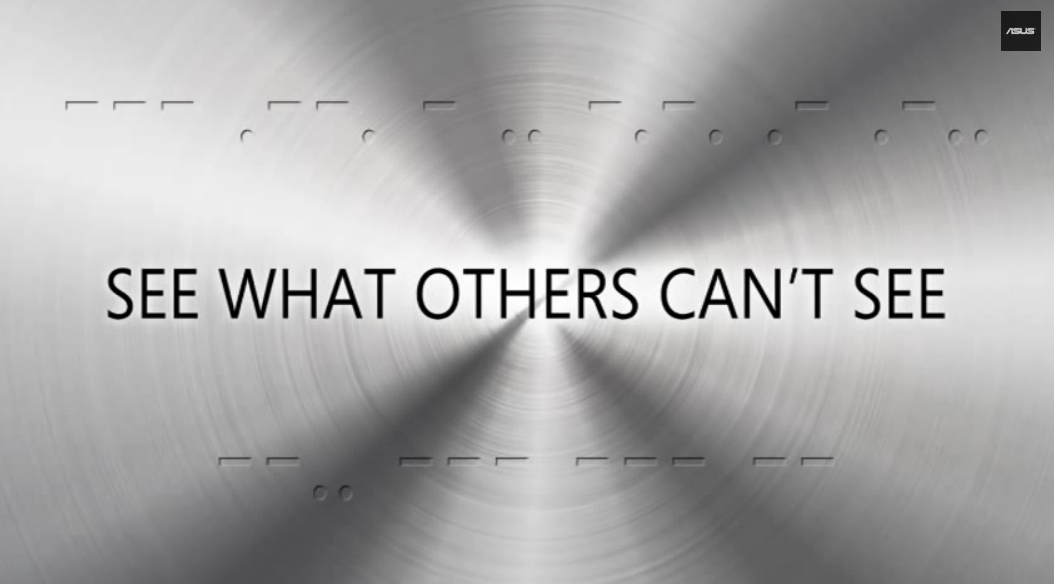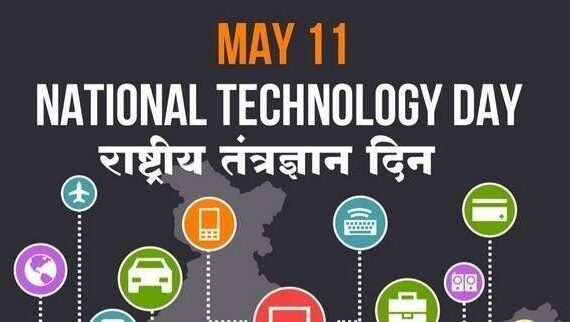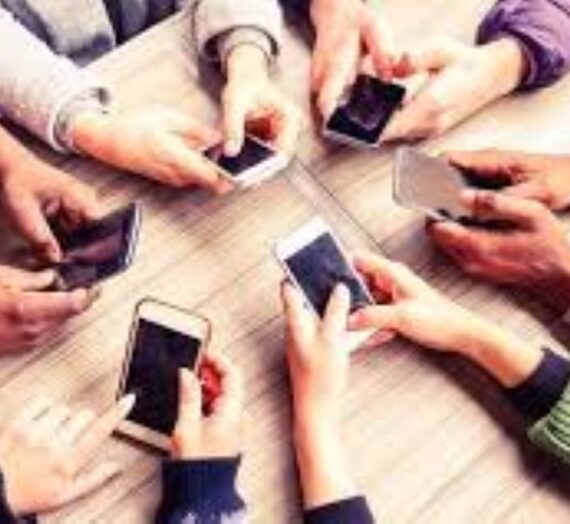Morse Code: A unique way of telecommunication, has played a major use in wars, specially World War II, and is even still used today… which sounds quite interesting!!!
How were messages sent in the past?? Before we had telephones, cell phones and internet, the only way to communicate to each other was by sending a physical letter. This could often take a very long time, which means no instant messenger for the people of those times…
How did this changed?? When the telegraph was invented in 1837, this allowed people to send electronic message to each other over great distances, for the first time. “YOU’VE GOT MAIL…!!!” Now the question is…
What is a telegraph? How does it work?
Technically, a telegraph is the device that was used to send and receive Morse Code, so you can’t really compare the telegraph with Morse Code. In other words, a telegraph is a machine that is used to transfer message through long cables, using electricity. People would press down the compass needle onto a grid and the message would travel through the wires and comes out in another location as a message.

Other than this, there were some amazing people that cold just listen to the message of Morse code by making the dots and all the funny noises and they knew what the noises were and they could write it into sentences… Isn’t pretty impressive!!!
What is Morse Code?
Morse code is a type of code that is used to send telegraphic information using rhythm. In this, each letter had a different pattern of sounds, uses DITS (or dots) and DAHS (or dashes) after it to show the alphabet letters, numbers, punctuation and special characters of a given message. When messages are sent by Morse code, dots are short beeps or clicks or flashes, and dashes are longer ones.
In more simple language, Morse Code is a combination of dots, dashes and spaces that together make letters and words. It is an alphabet that has been invented to simplify communication and create letters only using dots, dashes and spaces.
Who invented Morse Code?
Morse Code was invented in 1838… so long ago, by Samuel Finely Breese Morse and Alfred Vail. They invented this code as a simple way to use the telegraph system. He invented new code called, “Morse Code”- which is like a new language!
What is Morse Code used for? Is this code still used?
Morse Code was, and still is, used a lot during war and combat as it is a quick way to get message across the country. The most famous word used in Morse Code is S.O.S which means Save Our Souls. This is a distress message for anyone who is in danger.
Morse code can be sent in different ways. On ships, flickering lights were often used instead of radio communication.
Note on Morse Usage Today:
- The Morse code or CW as it is often called is still widely used by radio amateurs where it is still able to provide a very effective mode of communication.
What is CW?
Sometimes the abbreviation CW is used to denote a Morse transmissions. Essentially CW refers to a Morse transmission using a radio signal – the abbreviation coming from the fact that it uses a Carrier Wave, or Continuous Wave that is interrupted. There is no modulation (apart from the breaks caused by the Morse characters).
In this way, CW can be used to denote a simple Morse transmission that interrupts the carrier to give the required Morse characters. Although interrupted audio tones can be used to modulate a signal, this would not strictly be noted as CW. Sometimes the term MCW has been used to denote the term Modulated Carrier Wave.
For standard Morse transmissions the terms Morse and CW are interchangeable – CW being shorter to send in Morse than the word Morse.

How does Morse Code work?
International Morse Code uses combinations of dots and short dashes for all letters. In addition, the International Morse Code uses dashes of constant length rather than the variable lengths used in the original Morse Code. For example, the universal distress signal “SOS” is communicated by three dots, three dashes, and three dots—three dots denoting the letter “S” and three dashes denoting the letter “O.”

ham radio transceiver set for cw morse 
Morse code is still used on ships, using lights
For emergency signals, Morse code can be sent by way of improvised sources that can be easily “keyed” on and off, making it one of the simplest and most versatile methods of telecommunication. The most common distress signal is SOS or three dots, three dashes and three dots, internationally recognized by treaty.
An important application is signaling for help through SOS, “· · · – – – · · ·”. This can be sent many ways: keying a radio on and off, flashing a mirror, toggling a flashlight and similar methods. SOS is not three separate characters, rather, it is a prosing SOS, and is keyed without gaps between characters.
What are the advantages of Morse Code?
There are several advantages to Morse code or CW even in these days of advanced technology, digital transmissions and the like:
Simplicity: The first has already been mentioned and is its simplicity which gives it a number of advantages. The overall equipment required for two way radio communications is relatively straightforward and this makes it ideal for ham radio constructors. Simple ham radio transmitters consisting of just a few electronic components: transistors, resistors, capacitors and possibly a quartz crystal can be built and used to make contacts with ham radio stations all around the globe.
Bandwidth: The rate at which signaling is performed is relatively low and this means that it occupies only a small bandwidth. This gives two advantages. The first is that a large number of stations can occupy a small section of the band, and secondly narrow filters can be used to reduce the level of background noise and interference. Coupled to this the human brain can read Morse signals when they are lower than the surrounding noise level. As a result it is possible to copy a Morse signal at a lower strength than any other form of transmission.
International appeal: The use a large number of abbreviations and the formalized formats for ham radio contacts means that Morse or CW can be used by people from around the globe even with a poor command of languages like English that are widespread. Using the standard abbreviations basic contacts can be conducted with a limited knowledge of the language of the other person. This may not be possible using other modes of transmission.
How to Learn Morse Code?
Learning Morse code is like learning any language. You have to practice, practice, practice. Here you will get some tips to be remembered once you begin…

Get familiar with the code
The first thing you’ll need to do is get familiar with what the alphabet looks like in Morse code. Already included the International Morse code alphabet above. Print it off, carry it around with you, and study it during your free time.
Start listening to Morse Code
You’re going to have to actually listen to Morse code if you ever want to learn it. Head over to learnmorsecode.com and download some MP3s of some code. Listen to it and see if you can decipher any letters.
Use the nifty chart
Print off this dichotomic search tree to help you decipher code. Start off where it says “start.” Every time you hear a dit (or short sound) you move down and to the left. Every time you hear a dah (or long sound) you move down and to the right. Learnmorsecode.com has a dichotomic chart as well, except it’s the reverse of this one. (You go left on dah, right on dit). Use whichever one is comfortable for you.
Practice with the AA9PW app.
This online app will help you practice with it for 10 minutes a day and you’ll be well on your way to becoming a Morse code wiz. You can also try out “The Mill.” It’s a downloadable app that not only allows you to use International Morse code, but also American Morse code.
It is an interesting fact to note that Morse code is still widely used today. It is mainly radio hams who use the Morse, or CW as it is often called. Also some Morse telegraph enthusiasts also use it
Although Morse proficiency is no longer required as a pre-requisite for a ham radio license, many still prefer to use it as it allows communication over long distances with simple equipment and lower power levels. In view of this, Morse code is likely to remain in use in some niche areas of radio communication for many years to come.

Hopefully this try was quite interesting for you, have fun by trying any name or numbers in comment section in Morse Code… and stay updated with exciting skills which were there, but you haven’t noticed before…








Anukriti Mishra
Wow.. ?
Ritvik Shukla
Thanks ?
For nice information
Krishna Murari Mishra
Impressive ??
Very good information?
Thanks a lot
Krishna Murari Mishra
Impressive
Very good information
Thanks a lot
Mannat Srivastava
Cool info ??